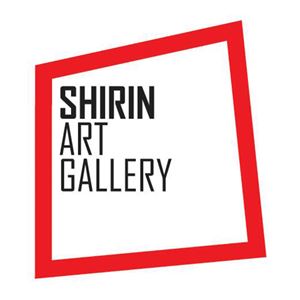 گالری شیرین
گالری شیرین
پروژه فلَتلَند، یا با نام فارسی آن «پَختِستان»، با الهام از کتابی به همین نام طراحی شده است. فلتلند در سال ۱۸۸۴ منتشر شد و هنوز پس از بیش از ۱۳۰ سال نه تنها کهنه به نظر نمی آید، بلکه همچنان ذهن جوان امروز را برمی انگیزد. پختستان سرزمینی دوبُعدی است، و مربع، یکی از ساکنان آن، داستان زندگی خود در این سرزمین را برای ما روایت می کند و از تجربه هایش از جهان های یک بعدی و سه بعدی و فرای آن می گوید.
پروژه فلتلند اما، با نیت ایجاد ارتباط میان ادبیات و هنرهای تجسمی شکل گرفته است. آنچه به نمایش درآمده، برداشت ذهن ٨ هنرمند جوان است از این کتاب. ولی به این نیز محدود نیست. این نمایشگاه حاصل ساعت ها کار گروهی این هنرمندان است، حاصل ماه ها همفکری، همکاری، رفاقت و تلاش برای آفریدن یک پدیده همگن.
این ٨ نفر با قابلیت های متفاوت و با مهارت در رشته های مختلف هنری آثار خود را پدید آورده اند و به دریافت خود از این کتاب تحقق بخشیده اند.
وجید امینی
امیر پوستى
گلنوش حشمتی
فرشاد خواجه نصیری
پدرام صادق بیگی
امیربهادر فلاحتی
مریم کشمیری
علیرضا کی منش
و با تشکر از فرناز حائری که تا بیشتر راه یارمان بود.
گلبرگ برزین
Flatland Project is based on the book Flatland by Edwin Abbott, first published in 1884. A book, which after more than 130 years, continuous to stimulate the mind of young people and, thus, remain fresh.
“Flatland” is a two-dimension world, and “Square”, an inhabitant of this land, tells us the story of his life and recounts his experiences in the one-dimensional and the three-dimensional worlds and beyond.
The Flatland Project has been developed aspiring to create a link between literature and the visual arts. The exhibits here are interpretations of the book by the fresh imaginations of eight young artists.
The project did not end with the exhibit as in the effort to create one harmonious spectacle it led to hours of dialogue, cooperation, friendship and hard work.
The eight artists, each skilled in a different art media, have created their art works by substantiating their interpretation of the book.
Alireza Keymanesh
Amir Bahador Falahati
Amir Pousti
Farshad Xajeh Nassiri
Golnoosh Heshmati
Maryam Keshmiri
Pedram Sadegh Beyki
Vajid Amini
I would also like to specially thank Farnaz Haery who accompanied us most of the way.


